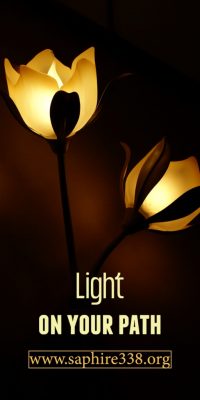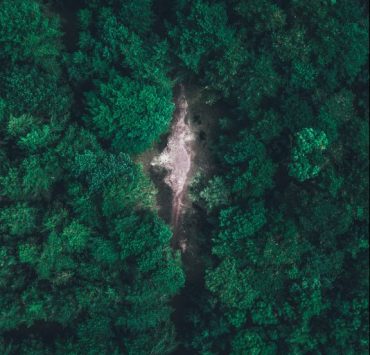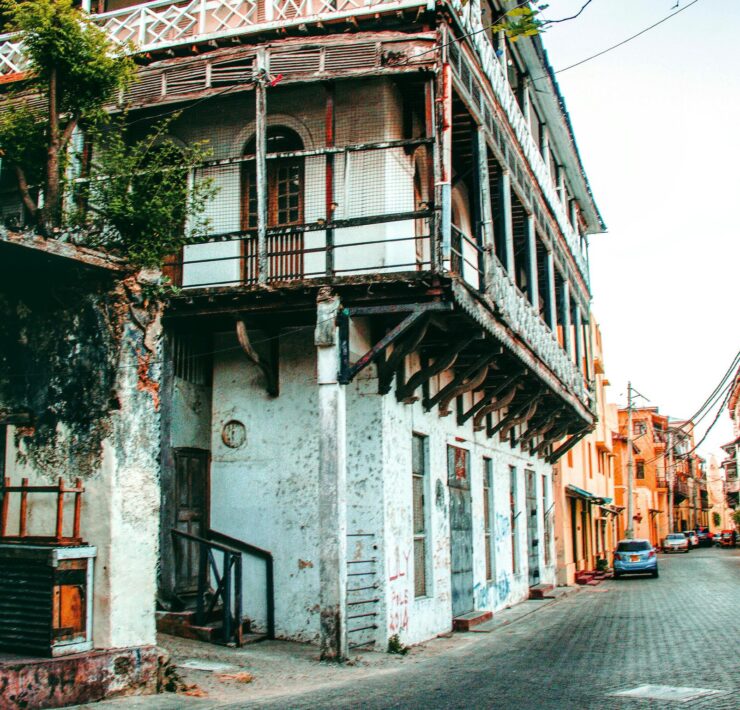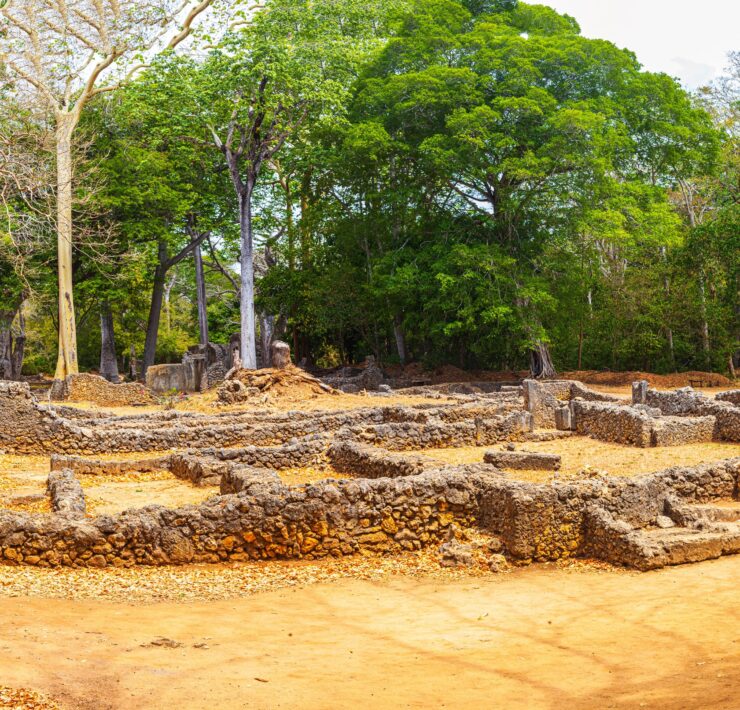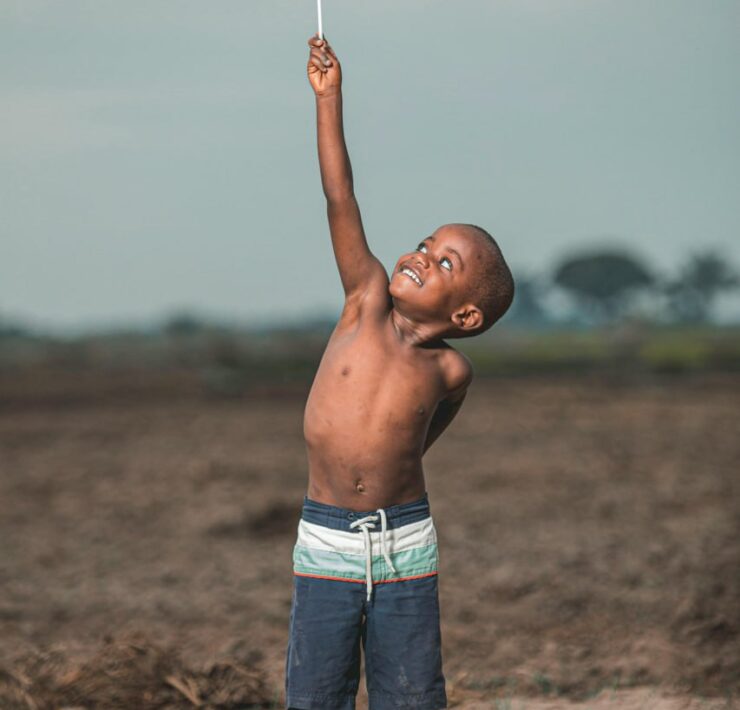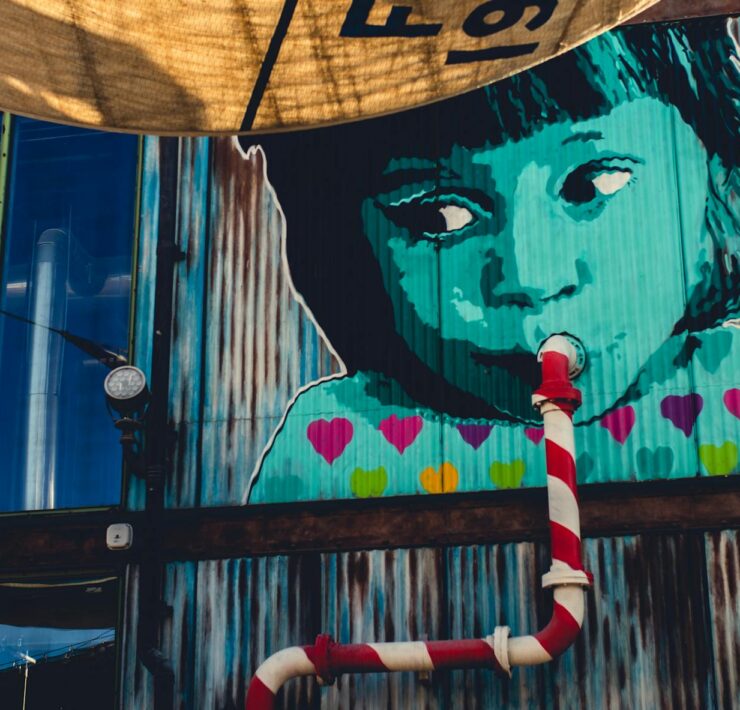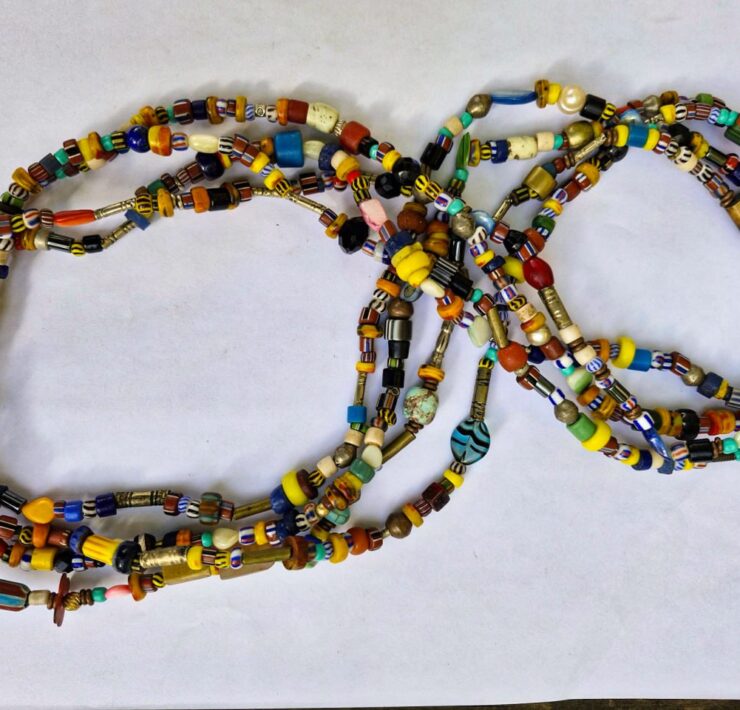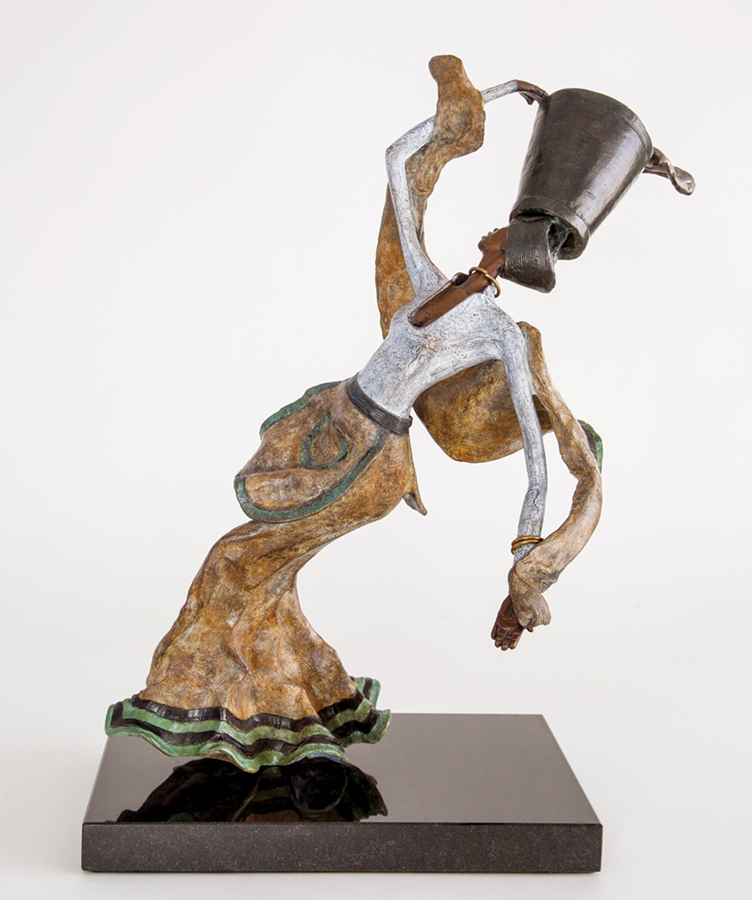
Chioma Phillips is the Editor of Msingi Afrika Magazine and…
Read Next
In this issue we talked to Xhanti Mpakama, a South Afrikan sculptor whose unique bronze sculptures not only capture but animate various aspects of lifestyles and experiences of the Xhosa people who were his neighbors, friends and family. He has also worked on projects involving national figures, lending his unique skill and talent to a dialogue in art that we all can benefit from.
Xhanti showed a natural artistic talent from an early age, his memories and imaginative ideas are brought to life in sculptures that are both beautiful and sensitive to his heritage – each one is a story in itself. The viewer of his pieces could stare for hours at a single piece, putting together mental pictures of what was going on in each one.
He designs his work in clay or wax, which is then cast in bronze. His art is available from selected outlets.
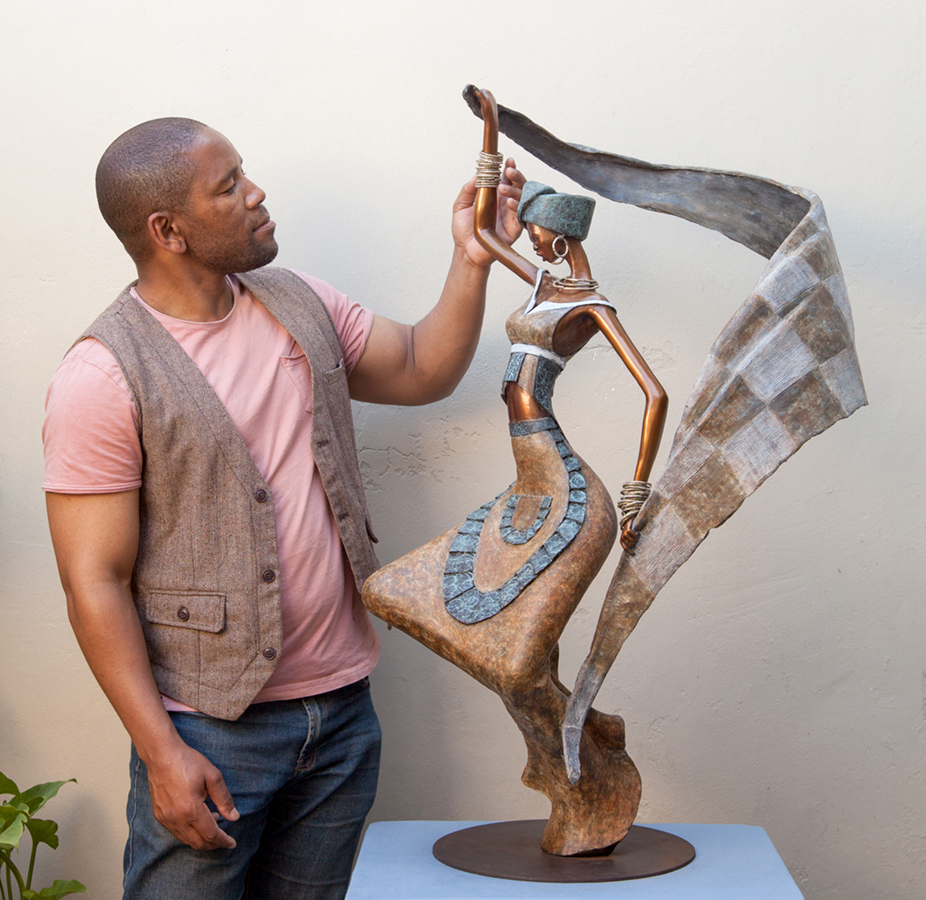 PIN IT
PIN ITSculptor, Xhanti Mpakama, with one of his unique and beautiful pieces.
How did you get started in sculpting? Why your preference for bronze?
I started sculpting at a place called the Art Centre that was around the township. I just wanted to see what I could do after being frustrated and beginning to doubt whether I had chosen the right career or not. It is there that I started doing work that began to satisfy me. I like drawing, but sculpting happened to be the activity that I enjoy the most.
I continued with it and eventually met a lady who visited the Art Centre frequently. She liked what I was doing a lot and so she took me to various places where I met a lot of people in the art scene. One day I met a guy called Warren Knight who actually took all the work that I had done – I think it was six sculptures that I had made – and he promised to take them to the foundry and cast them into bronze. He said that once they were sold we would plan how I would pay him. He also gave me a job because he wanted me to understand how the production process works when we are making sculptures. That is how I started sculpting. It had just been a dream for me until that point.
How has your art enabled you to overcome hurdles in your life and society?
Art has helped me a lot, especially once I started to be known out there. Once people began to see this different kind of art that I make; I actually try to make it as different as possible. I also taught kids how to do art, young kids who get so absorbed in it. They reminded me of when I was still young and I didn’t have anybody to teach me but they were lucky because I was in front of them. It was also very fulfilling to be able to feed my family on something that is actually my passion, not my job, but something that I enjoy doing.
You have a very unique artistic voice, how did you find the confidence to express it?
When I was doing Sub-A (now known as Grade-R) I had already started drawing. When my friends and I were playing around outside, we would take wooden sticks and draw on the ground with them. As grew up, instead of stopping, I started drawing with pencils and all that stuff. I had all these different things in my imagination that I wanted to express even though I didn’t know where to go in order to make it work the most. There was no way I could actually stop it, because I grew up doing it and I needed to take whatever chance was available for me to pursue it. So when I finally got into it, I gave it everything I had.
Your work tends to speak about community, women, family etc. What’s the reason behind this trend?
When I eventually started sculpting I had to plan how to be unique, how to stand out; that is when I thought to myself that probably if I were to make sculptures out of something, that it would be based on what I love very much, which is the Xhosa women and men. I chose to look at the people within my surroundings to find ways to express what they look like and I had to do it in such a way that even if someone else chooses to go into sculpting they would not do it how I do it. I also did not want to sculpt like anyone else. I worked hard to make my work carry my unique perspective. I think I succeeded, because I have never seen creations like mine anywhere, even on Google.
One thing I enjoy when I sculpt Xhosa women is capturing their garments. They have got these nice long dresses that flow so nicely when they are walking on a road in a line like they used to do in the olden days. It’s so nice to see, also these are the people that I have learnt everything from – even though they are said to be uneducated they taught respect for others and how to respect yourself as a person, not like in our days where you find that people who are young can just talk anyhow to older people.
What do you see as your role in Afrika?
My role could be to express the sense of pride of being an Afrikan through the work that I am doing. This is something that is actually expressed through my artwork, because I can only be an Afrikan and nothing else.

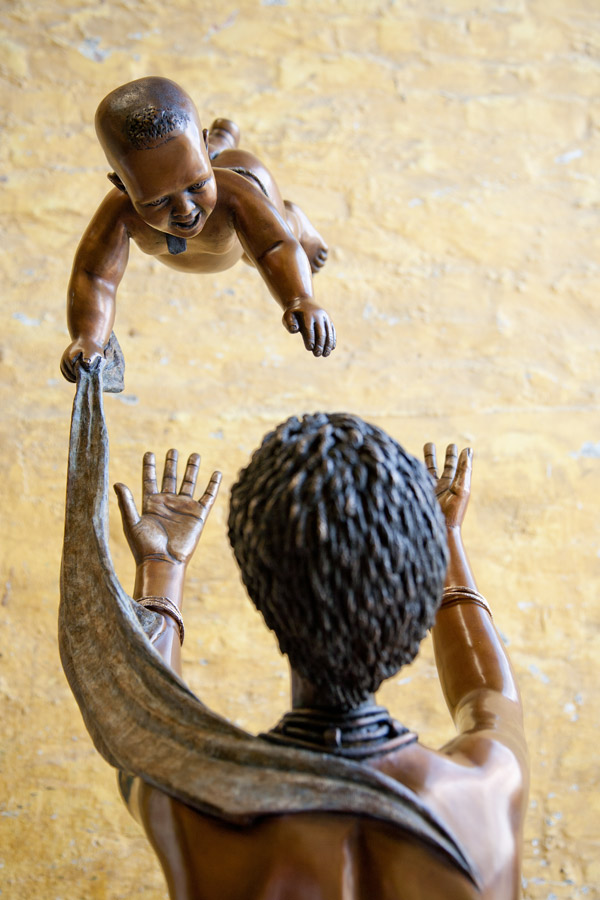

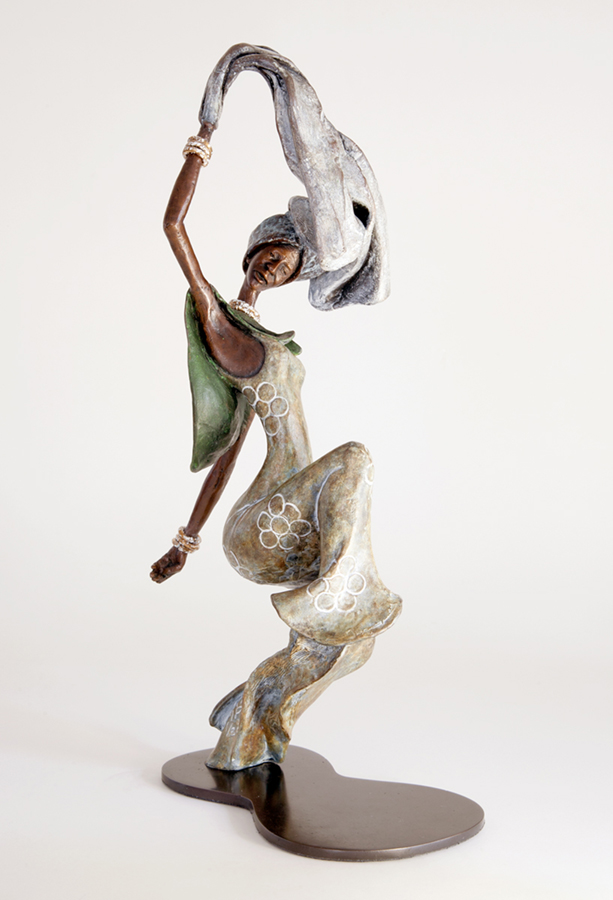
For showings, classes or purchases, you can reach Xhanti Mpakama at
+27 (0)61 850 7589
mpakamaxhanti@gmail.com
His work can also be accessed through:
Art and Wine Gallery
anton@srtandwine.co.za
082 341 8191
Art on Church
admin@sculpturecasting.co.za
082 889 1293
021 8833790
Maggie
bellechose@telkomsa.net
sculptures@telkomsa.net
072 589 0731
Je Ne Sais Quoi Designs
Gyno Russell
084 301 9745
rrussell@vodamail.co.za
www.jenesaisquoidesigns.co.za
Subscribe now for updates from Msingi Afrika Magazine!
Receive notifications about new issues, products and offers.
What's Your Reaction?
 PIN IT
PIN ITChioma Phillips is the Editor of Msingi Afrika Magazine and the host of Msingi Afrika Television. Her hope is to see the Truth shared, with all who will listen, for the transformation of the people and the continent of Afrika - and the world. She believes passionately in the critical role that Afrika and Afrikans have to play on earth right now and hopes to ignite the spark that will cause them to see and believe who they are, so that they can live out their Truest lives for the remainder of their days.













